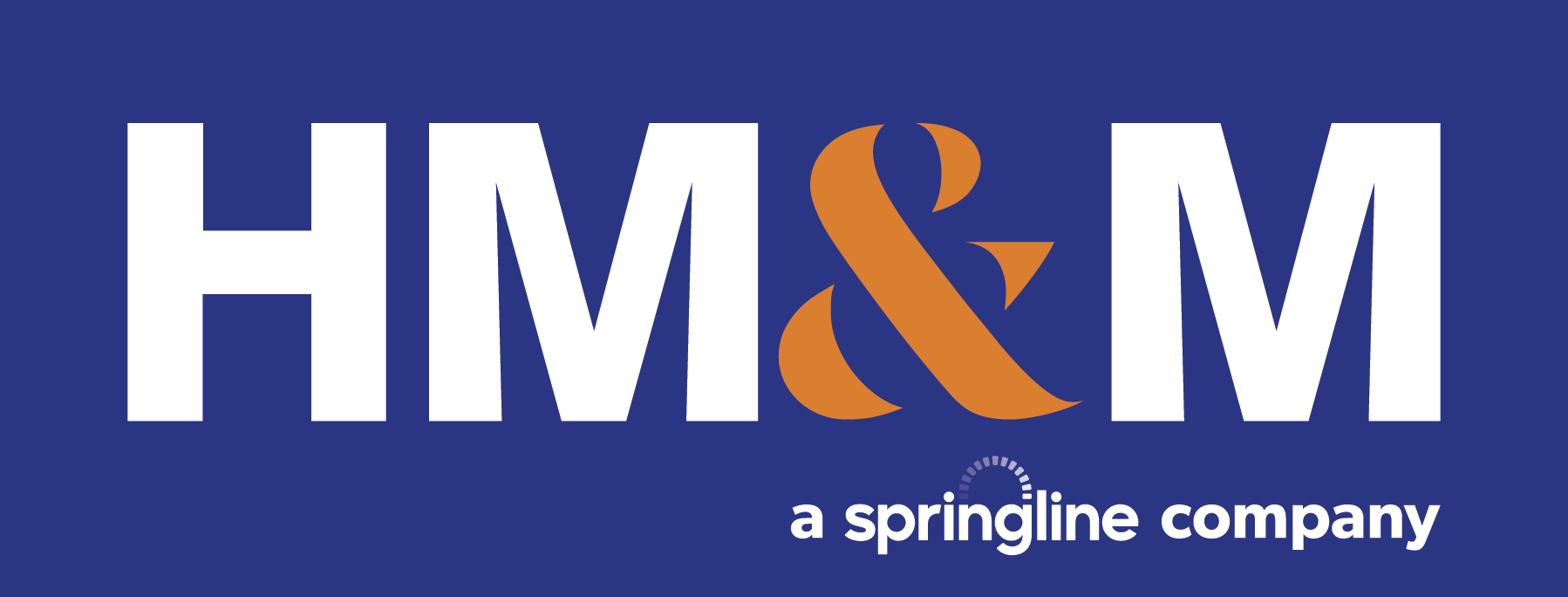Bankruptcies, which peaked in the natural resources industry in 2016, are seeing a resurgence.
Faced with a lack of capital, external pressures like trade and tariff tensions and continued subdued oil prices, natural resources organizations must adopt a forward-thinking strategy that improves efficiencies in a fiscally conservative environment.
Oil and Gas Companies Experience Investment Disruptions
As of November 2019, about 30 oil and gas companies have declared bankruptcy this year alone, amounting to almost $20 billion in debt. This resurgence of bankruptcies is mainly attributed to an absence of new capital. Private companies and smaller public drillers are missing debt payments as oil prices remain low, sitting just under $60 a barrel.
As insolvencies continue to rise, companies must increase production in hopes of seeing the slightest positive change in margins. At the same time, investor interest is deteriorating. Investors want companies to focus on cash flow and deliver returns. But Wall Street is seeing diminishing profits on oil and gas investments and, therefore, not providing oil and gas companies the capital they need to get back on their feet. Other investors are applying pressure on managing expenses for exploration and development, encouraging companies to only spend what they need.
Learn More About HM&M’s Energy and Natural Resources Practice
To offset thin profit margins, oil and gas companies are beginning to explore options to diversify their portfolios. Since 2016, oil and gas organizations have made nearly 150 deals in alternative energy and carbon capture ventures, according to the Carbon Disclosure Project (CDP). As the renewables market continues to grow— the International Energy Agency projected almost 33% of the world’s electricity to be renewably sourced by 2024—diversified investments will become an even more important tactic for survival.
In addition to portfolio reconfiguration, optimizing supply chains through digital transformation initiatives is also a critical step, as organizations work to lower production costs through improved efficiencies. According to BDO’s 2019 Middle Market Digital Transformation Survey, more than one third (40%) of mid-market natural resources organizations are developing a digital transformation strategy, yet just 12% have already enacted such a strategy to optimize business efficiencies and operations across the supply chain.
Those companies that proactively pursue portfolio diversification and supply chain optimization will be better positioned to thrive in the new industry landscape, while those that don’t will be susceptible to consolidation.
ESG Programs become More Important To Mining
Not only are the effects of low oil prices impacting the broader energy sector, but the mining industry is also faced with an increasing appeal for renewable energies and automation within the supply chain. At least eight large U.S. coal companies have filed for chapter 11 bankruptcy this year—including Murray Energy, the largest private coal mining company in the U.S.—and more are likely to follow.
As renewable energy sources like wind and solar become more attractive to investors, and oil prices continue to decline, coal mining falls behind the competition. In 2008, for example, coal-powered energy supplied nearly half of the U.S. electricity grid. In the past decade, that coverage has been cut in half and is projected to continue to decrease in 2020 due to the competitive advantages of other natural resources.
Mining companies are also facing increased pressure to implement environmental, social and governance (ESG) programs, which ensure holistic responsibility by operating standards. Some investors have even set minimum requirements for companies to include ESG programs to receive investment. But with the current spate of bankruptcies, miners face tremendous obstacles in meeting these demands.
The sector’s challenges are also impacting its workforce, leading to uncertainty around job security, payments and benefits. Larger energy companies have been forced to cut union contracts and future benefits for retirees, while other companies that produce only coal are making additional cuts. For example, the United Mine Workers of America’s 1974 Pension Plan offers benefits for retired miners across the nation but is now at risk of becoming insolvent as a result of recent bankruptcies.
In previous years when coal companies experienced downturns in the industry, they frequently turned to exports and ‘metallurgical’ coal to offset dissipating demands. Like oil and gas companies’ strategy to diversify their portfolio, metallurgical coal would multiply the opportunities for coal companies to increase demand of their product and offset the impact of competitive sources.
Supplying The Future
The resurgence of bankruptcies in natural resources makes it clear that the path of least resistance has changed for the industry.
Gone are the days when finding or drilling new wells or mines would be enough to improve natural resources organizations’ bottom lines. Companies must instead refocus their existing operations by cutting costs and improving efficiencies. Digital transformation will be key to doing both.
By 2023, we predict that the implementation of new technology will uncover additional resources, increase efficiencies and environmental sustainability. Adopting innovative technologies can also help mitigate production and other input costs by automating back office tasks and allowing companies to reduce headcount.
Our industry leaders also foresee that the digital oilfield market, which includes the Internet of Things, analytics and cloud computing, will top $20 billion in value by 2023, and in turn, encourage oil and gas companies to invest in the digital space. This boost in value and innovation will lead to increased integration of blockchain technology in the supply chain, resulting in automated services and fewer disputes.
Restructuring operations to implement emerging technologies will be no easy feat, but without digital adoption, natural resources companies risk losing the potential growth that digital transformation can bring and, in turn, falling behind.
To learn more and discuss ideas how your organization can develop a forward-looking strategy, contact us.
Contact UsThis article originally appeared on bdo.com
By: Clark Sackschewsky, National Natural Resources Practice Leader
Copyright © 2019 BDO USA, LLP.
All rights reserved. www.bdo.com
Latest News
On June 9, the IRS released Announcement 2022-13, which modifies Notice 2022-3, by revising the optional standard mileage ...
At the tail end of 2021, the Internal Revenue Service (IRS) released new Schedules K-2 and K-3 effective ...
This information is current as of Sunday, November 21, 2021. On Friday, November 19, 2021, after the Congressional ...
HM&M Updates
Dallas, TX – Aug. 7, 2024 – HM&M, a Springline company (HM&M), a leading CPA firm with four ...
DALLAS, Dec. 11, 2024 – Springline Advisory, a trailblazing financial and business advisory firm, is proud to announce its partnership ...
Last month, Senior Manager, Pearl Balsara was invited to speak at the 2023 FPA DFW Annual Conference in ...










